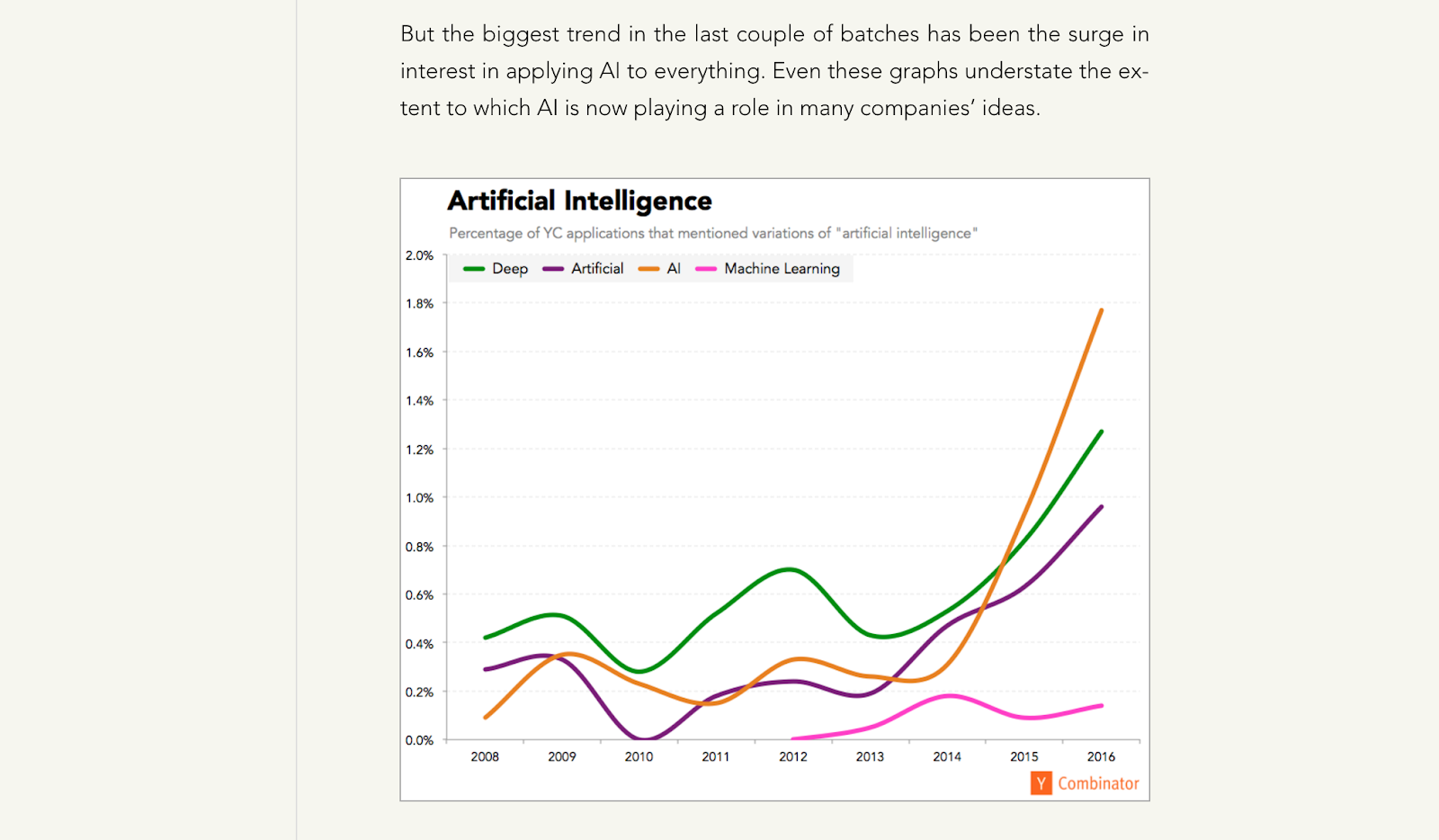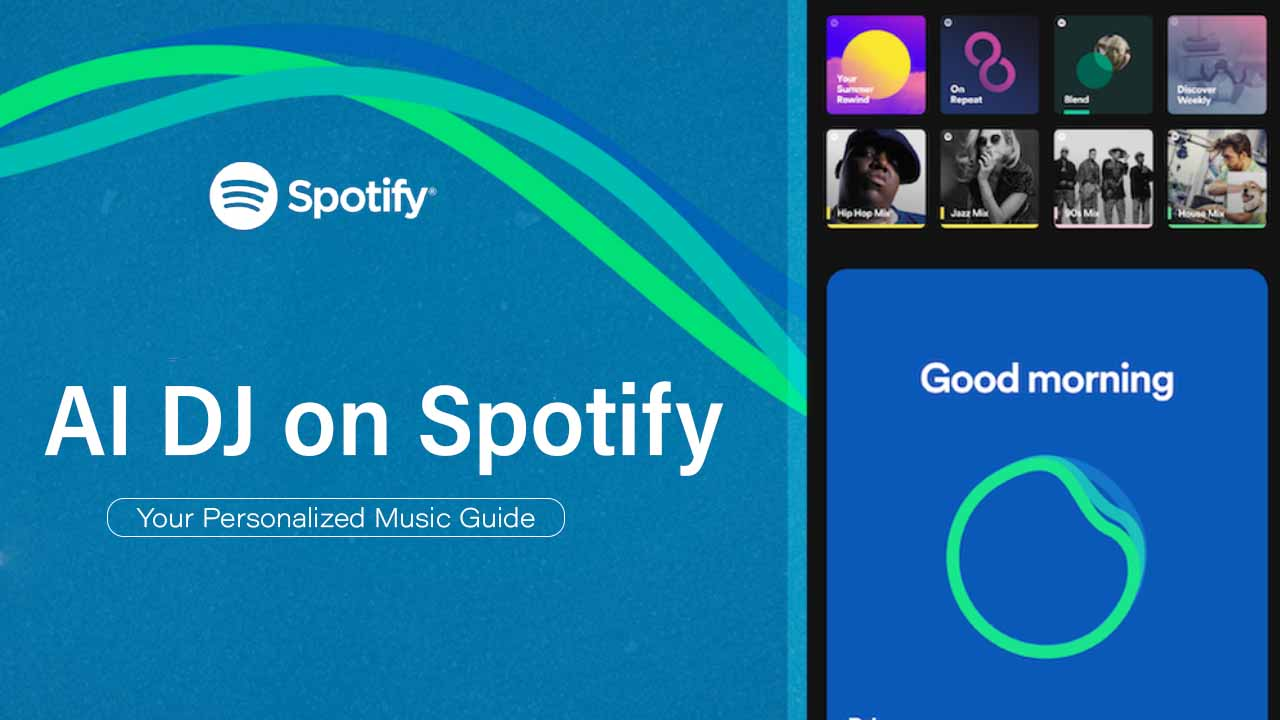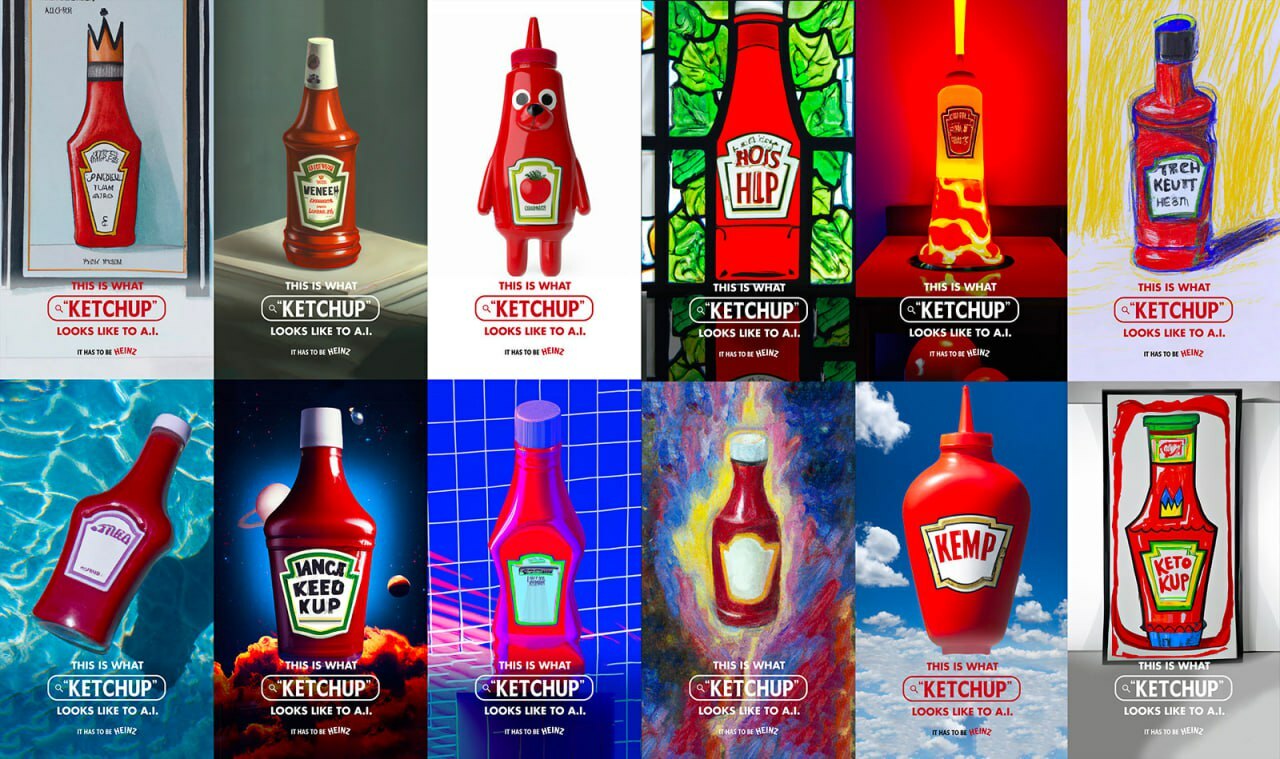In recent years, the hype surrounding artificial intelligence (AI) has grown significantly, with many tech startups looking to capitalize on this trend. Industry leaders and analysts predict that 2023 will be the year that investments in AI skyrocket, with more than 160 startups cropping up with a specific focus on this particular technology. As they continue to grab hold of more market share and increase their brand visibility, it’s important for AI leaders to establish a compelling narrative behind their work that showcases how and why their offering shines among such steep competition.

Fig: Percentage of applications that mentioned variations of “Artificial Intelligence”
Whether it's through integrating AI into traditional products or services or simply leveraging the buzz around AI to attract new customers and media attention, there are several ways that startups can leverage AI hype to their advantage.
Build AI-powered products or services
For example, startups in the healthcare, finance, and retail industries can use AI to improve customer experience, optimise operations, and enhance decision-making. By integrating AI into their products or services, startups can position themselves as innovative and forward-thinking companies, which can help to attract new customers and investors.
On the front end, it’s about generating buzz – on the backend, creating AI services that solve real problems
A study undertaken by VC MMC Ventures found that a full 40% of AI Startups have no elements of AI in their software at all. But it is not just start-ups that feel the need to embellish the truth, even IBM Watson has been called out for, shall we say, exaggeration.
Discussing with executives how to market and sell AI technology birthed the term “AI Effect”. This theory describes the reasons why companies feel the need to exaggerate. The AI Effect argues that once a user understands how technology works, they no longer consider the technology to be AI. Or, to put it another way, the AI Effect defines AI magic and any other “non-magic” technology as “not real AI”.
The AI Effect encourages companies to obfuscate. But let’s be honest, AI technologies are not exaggerating in a bubble. We live in a world of fake news and what some have worryingly called a “post-factual era”. However, we believe that companies that market and sell AI dishonestly will ultimately be punished for that behavior. More importantly, the exaggeration has been taken to such an extreme that it is hurting the bottom lines of even the biggest players, with prospective buyers afraid that all AI is just smoke and mirrors.
A good example: Spotify has launched an AI DJ to create personalized music playlists with commentary.

DJ offers users a selection of frequently listened-to tracks along with new compositions which might also be enjoyed. The system constantly updates the playlist based on the person's preferences and removes disliked songs. The accuracy of the model's recommendations depends on the number of songs listened to.
Every few songs, the AI will comment in a voice similar to that of Spotify head of partnerships and talent, Xavier Jernigan. The algorithm is able to joke, talk about the user's musical habits and read out interesting facts about albums and tracks.
Use AI for marketing and advertising
Another way that startups can leverage the AI hype is by using AI for marketing and advertising. By leveraging AI-powered tools such as natural language processing (NLP) and machine learning (ML), startups can create more personalized and targeted marketing campaigns. For example, they can use AI to analyze customer data and create targeted ads based on the user's interests and behaviors. This can help to increase the effectiveness of marketing campaigns and attract new customers.
Use AI for customer support
AI can also be used by startups to improve customer support. For example, chatbots powered by AI can provide instant support to customers, answer frequently asked questions, and provide personalized recommendations based on the customer's history and preferences. This can help to improve the customer experience, reduce response times, and free up resources for other tasks.
Leverage the AI hype for media attention
Finally, startups can leverage the AI hype to attract media attention. By positioning themselves as AI-driven companies, startups can tap into the media's fascination with AI and generate buzz around their products or services. This can be achieved by publishing blog posts, press releases, and social media content that highlight the ways in which AI is being used within the company. Startups can also participate in AI-related events and conferences to gain exposure and build relationships with journalists and influencers in the industry.
Let’s take a look at a couple of cases which accidentally (or not) created some buzz around brands using AI tech.
After the success of Heinz’s ‘Draw Ketchup’ campaign last year, where creative agency Rethink organised a social experiment that saw the participants draw Heinz bottles when asked to ‘draw ketchup’. The condiment giant has followed up the campaign with a futuristic and tech-forward next step. Using the image-generating AI system DALL-E 2, Rethink and Heinz-fed prompts, such as ‘ketchup bottle stained glass’ and ‘ketchup bottle in psychedelic art’, to an AI and produced some fantastically imaginative, but undoubtedly Heinz, pieces of art.
The Rethink agency asked the neural network to draw ketchup without specifying the brand, and the network drew Heinz.

This latest development in the campaign is inspired by the recent rise of AI’s popularity in all manner of creative communities online; you can’t scroll through Twitter or Instagram without seeing someone’s latest AI-generated masterpiece, short story… or, unfortunately, ape-based NFT. AI systems and online tools such as DALL-E and Midjourney have provided users with hours of entertainment in recent months, allowing people with no artistic ability or resources themselves to produce artwork seemingly pulled straight from their imaginations. Especially for those lucky few with access to the enhanced capabilities of the newly updated DALL-E 2, the results can be frighteningly good… or just frightening.
LBB’s Ben Conway spoke with Heinz’s brand communications senior brand manager, Jacqueline Chao, and Rethink associate creative director, Geoff Baillie, to discuss how they utilised DALL-E 2 to ‘draw ketchup’, why this brand platform showcases the ‘strong emotional connection’ Heinz-lovers have with the brand, and how AI could one day be implemented ‘anywhere there’s a need to explore and create visual concepts.’
Read a complete interview here.
Midjourney v5 spawned the first meme - the Pope in a Balenciaga down jacket and trendy sneakers.

The new version of Midjourney is famous for its photorealism. And, recently, a generated Pope Francis was posted on Reddit in a huge puffy down jacket. The picture turned out to be of such high quality that many mistook it for a real photo. Other users began to generate the Pope in the same style and launched a flash mob to further confuse the Internet. As a result, journalists had to issue denials and convince people that, no, the Pope does not shop at Balenciaga.

Prompt for those who want to generate their own fashion pontiff: AP news photo, Pope Francis wearing a Balenciaga puffer jacket, daytime.
And if you want to add more sparkle, then this: Pope Francis using a big white puffer jacket in the Vatican City, noon light, screen space Global illumination, lumen reflections, space Reflections, diffraction grading, chromatic aberration, ambient occlusion, realistic photograph.


In conclusion, there are several ways that tech startups can leverage the AI hype to their advantage. By building AI-powered products or services, using AI for marketing and advertising, using AI for customer support, and leveraging the AI hype for media attention, startups can attract new customers, investors, and media attention. However, it's important for startups to ensure that their AI-powered products or services deliver real value to customers and that they are not simply using AI as a marketing gimmick.
P.S. This article was written with the help of AI ChatGPT4 and was carefully edited and proofread by VComms’ team of humans. The cover picture of this article was created with the help of AI tool Midjourney and carefully edited by a VComms designer.
P.S. This article was written with the help of AI ChatGPT4 and was carefully edited and proofread by VComms’ team of humans. The cover picture of this article was created with the help of AI tool Midjourney and carefully edited by a VComms designer.
